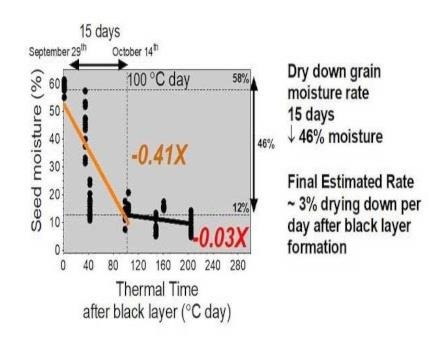By Linda Fetzer
Dairy producers are exposed to a wide variety of respiratory hazards on the farm from vapors, molds, dust, and gases. By being aware of the potential hazards and recommended personal protective equipment (PPE) for each hazard, producers can reduce their risk of developing health conditions such as Farmer’s Lung, Organic Dust Toxicity Syndrome (ODTS), and Chronic Obstructive Pulmonary Disease (COPD).

Before choosing the most appropriate respirator, the first step is to determine the type of hazard which typically falls into three basic categories including particulate contaminants, gases/vapors, and oxygen deficient atmosphere. Particulate contaminants include dust (e.g., hay, grain, etc.), mists, fumes, and molds. Examples of gases include hydrogen sulfide from manure storage, nitrogen dioxide from silos, and carbon monoxide from certain engines. Vapors are released from things on the farm such as pesticides, cleaners, and paints. The most common oxygen deficient atmospheres on a dairy farm are sealed silos and manure storages.
Identifying the Correct Respirator
First, remember that an ‘all purpose' respirator does not exist and that you need to choose the appropriate respirator based on the hazard. For pesticide usage, the label is the law! The label will provide detailed information about all personal protective equipment (PPE) you should wear, including a respirator, whenever you use that product. Your respirator should be approved by the National Institute for Occupational Safety and Health (NIOSH) which should be easy to find on the respirator. Respirators have a filter efficiency rating of 95%, 99% or 99.97% for dust, mists, and fumes. Another label will be either "N" (not resistant to airborne oils, plugs quickly; "R" (resistant to airborne oils for up to 8 hours); or "P" (oil proof, possibly resistant to airborne oils for up to 8 hours, change the filter every 40 hours of use or 30 days whichever comes first).
The two main respirator types are air purifying or supplied air and their names basically describes their functions. The air purifying respirators have filters through which the air flows through as the wearer breathes. This type of respirator filters the air but does not provide oxygen and should never be worn in an area that is deemed as ‘immediately danger to life or health' (IDLH) such as oxygen-limiting silos or manure pits. If you have any respiratory issues such as asthma or lung/cardiovascular disease, check with your physician to determine if you should use a respirator with the condition.
A supplied air respirator is the only respirator recommended for use in IDLH areas such as manure pits, sealed silos, or fumigated bins. This type of respirator supplies the wearer with clean fresh air from either a hose connected to a stationary air pump/tank or a self-contained breathing apparatus (SCBA) that has a portable air tank. The SCBA is typically worn by scuba divers or firefighters. This type of respirator is expensive and needs to be properly maintained. Users should be properly trained and practice using the respirator.
Types of Air Purifying Respirators
Air purifying respirators are the most typical type of respirator used on a farm operation but there are various types. Again, you need to know the environment and hazards to identify the correct one for the job.
A disposable particulate respirator is an approved respirator, but they are easily confused with a nuisance dust mask which is not an approved respirator. The disposable particulate respirator functions to protect you from particulates such as dusts, mists, and sometimes fumes. The respirator is made of fibrous material which traps particulates as you breathe. It is commonly used for dusty jobs such as haying, harvesting, plowing, applying fertilizer or lime, grinding feed, and sweeping. Particulate respirators are either disposable or reusable. Disposable particulate respirators should not be reused. Remember to replace the respirator when it is difficult to breathe, it loses its shape, does not seal well on your face, or you can taste or smell the substance.
The next type of respirator is a chemical cartridge respirator which filters out low levels of toxic gases and vapors. You can choose between full-face or half-mask models with the best protection available from the full-face models. These respirators are equipped with either activated charcoal to absorb contaminants or particulate filters which usually screw onto the front of the mask. For increased usability, the cartridges are changeable and can be used for protection against gas or vapor contaminant with the correct cartridge. Replace cartridges after eight hours of use or when ‘breakthrough' occurs which is when you can begin to smell or taste the contaminant or if you feel dizziness or irritation. Remember to use the same cartridge brand as your respirator.
A gas mask or chemical canister respirator is used when gases are extremely toxic or highly concentrated and are like chemical cartridge respirators. They have more chemical absorbency than cartridge respirators s so they can filter better and last longer.
The Powered Air-Purifying Respirator (PAPRs) is a positive pressure respirator that forces air through the filtering device by a motorized blower. It delivers clean air to the user which makes breathing easier, so it is recommended by some physicians for people with lung or heart conditions. The PAPR is also the best choice if you have facial hair which can make it difficult to get a good seal with the traditional cartridge respirator.
Source : psu.edu